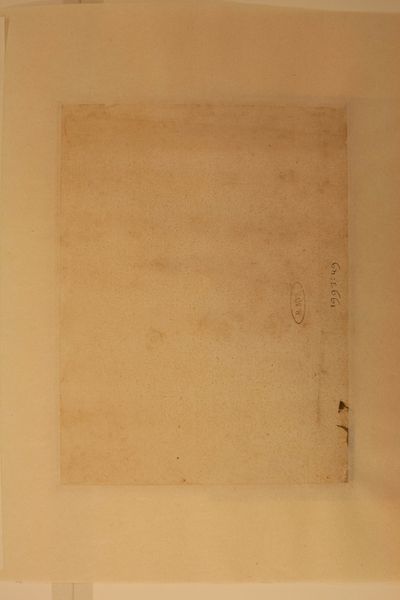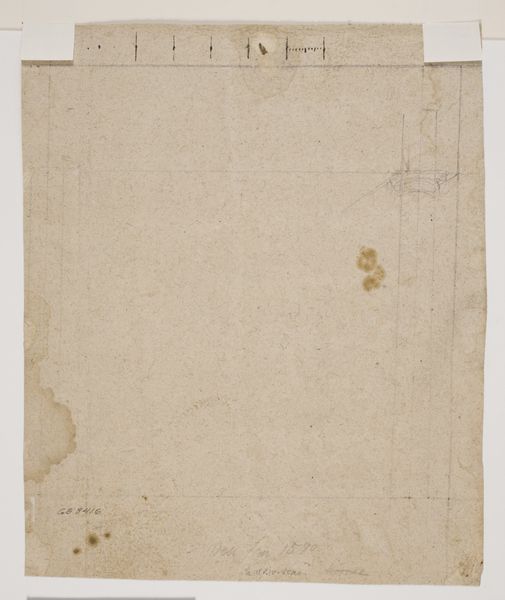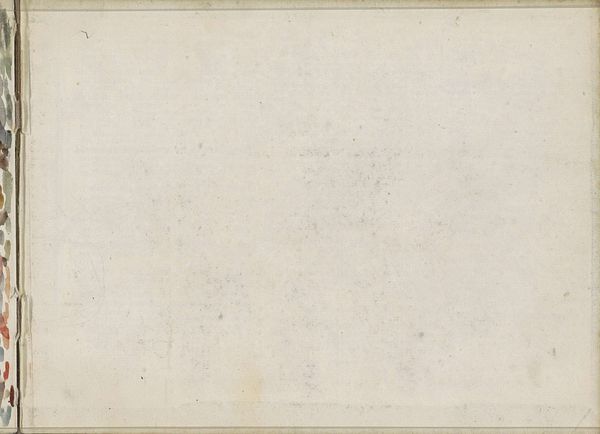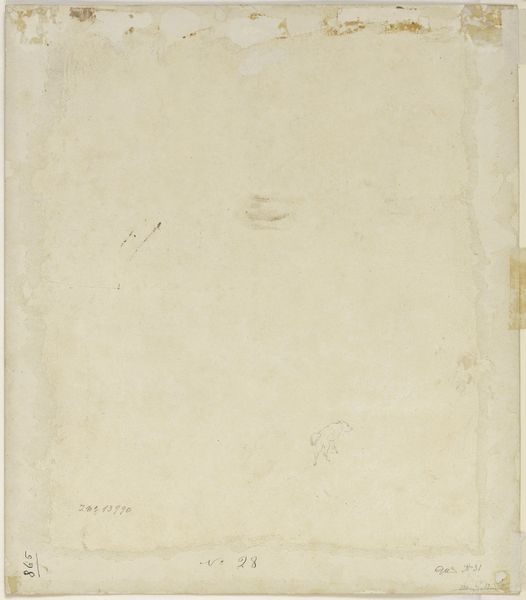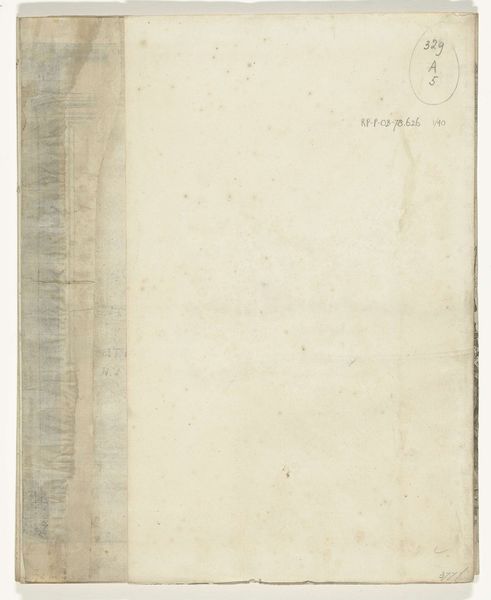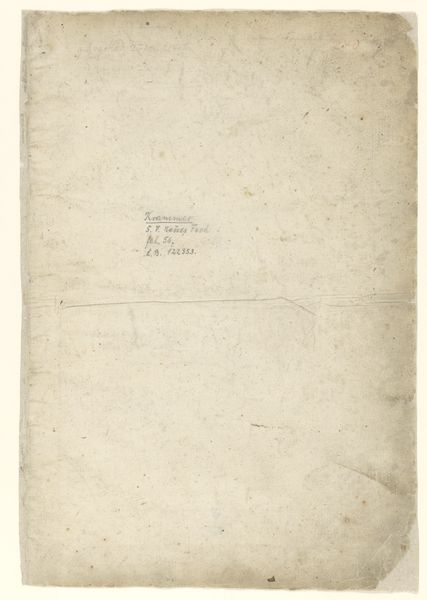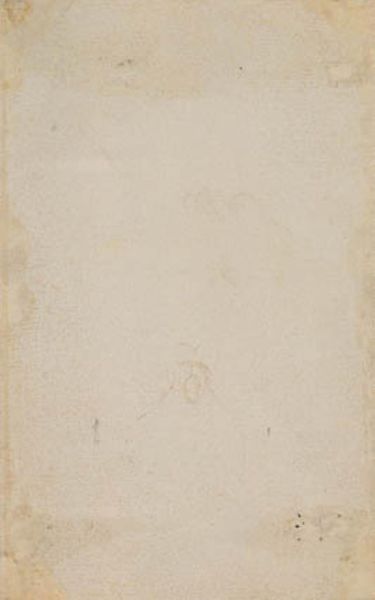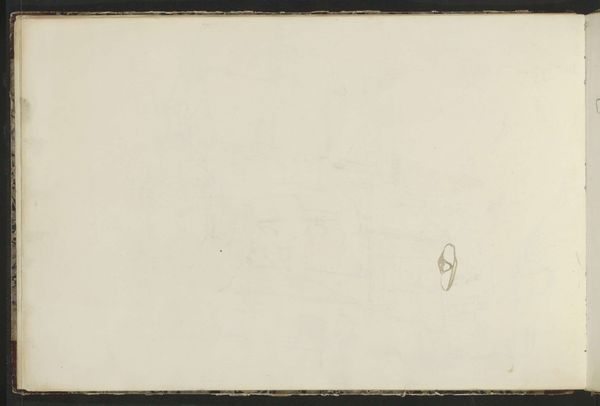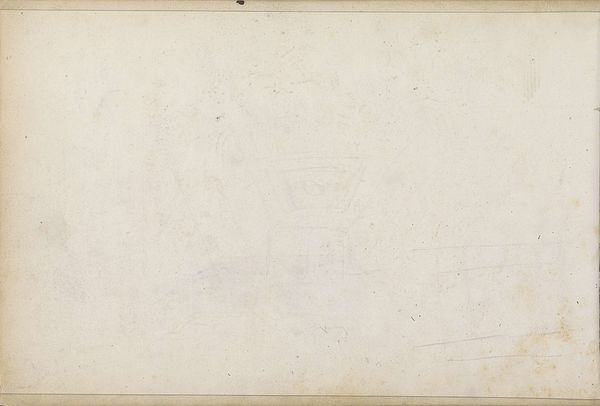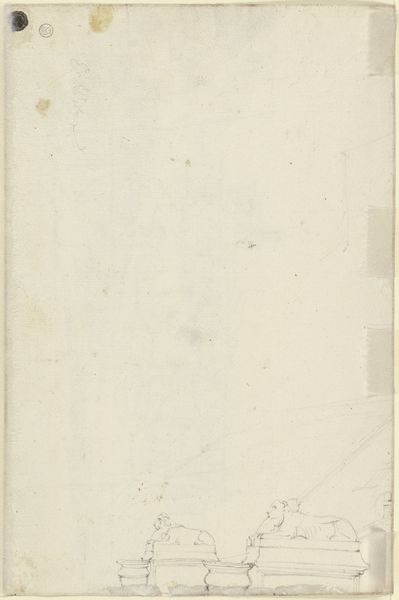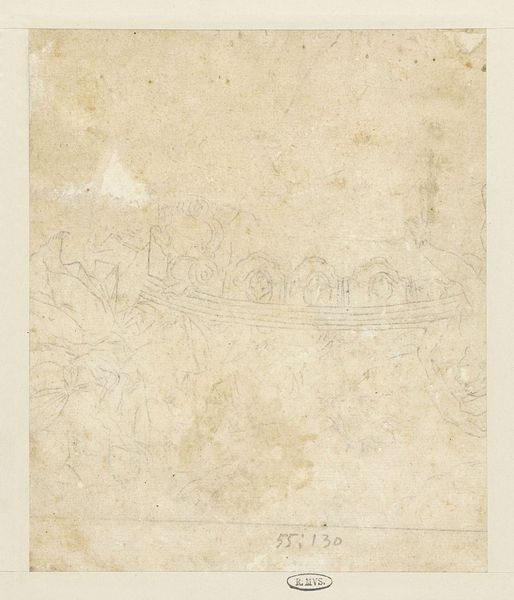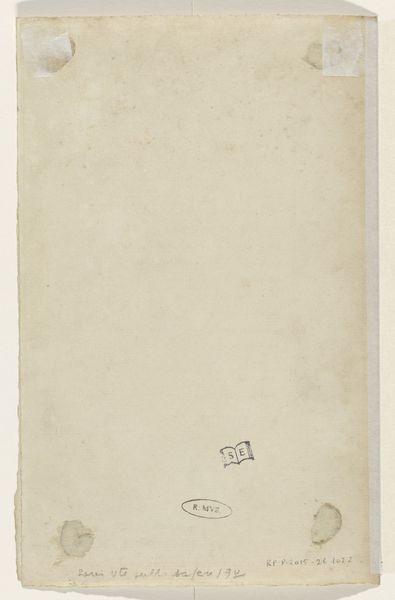
Studie af hestehoved og en del løse rids 1513 - 1574
0:00
0:00
drawing, paper, ink
#
drawing
#
paper
#
11_renaissance
#
ink
#
northern-renaissance
Dimensions: 461 mm (height) x 404 mm (width) (bladmaal)
Curator: Gazing upon this drawing titled "Studie af hestehoved og en del løse rids" created by Maarten van Heemskerck between 1513 and 1574, one is immediately struck by the sheer rawness of it all. Editor: It feels unfinished, right? All this space around the horse's head just feels wasteful. I want to know about the kind of paper they're using—how easily does it take the ink? You can almost feel the craftsman trying to nail down that equine musculature. Curator: Indeed. Made with ink on paper, this piece, which translates to “Study of a horse’s head and some loose sketches,” resides at the SMK—Statens Museum for Kunst, and exemplifies Northern Renaissance art in its focus on detail and anatomical study, but with a palpable energy, don’t you think? It almost vibrates. Editor: Well, yeah, energy costs labor. This wasn’t made by fairies. Imagine the tannery making the vellum or sourcing the paper, or how the pigments were processed. Each stroke here shows skilled, dedicated physical effort—it's far removed from precious artistry in that sense. I find it a powerful visualization of making something. Curator: And the Renaissance absolutely valued "making". But think too about the purpose—artists' studios were hubs for training. To capture the essence of an animal known for its untamed nature...it needed both craft and observation. There’s a tension here between precision and spontaneity. Editor: So, what were the social implications of this, I wonder. Did only the elite have access to drawings like this, maybe as part of some collection to emphasize their enlightened point of view? It reflects both technical know-how and a pretty privileged vantage point, doesn’t it? I suspect there were limitations to who was doing this labor. Curator: A thought-provoking perspective, without a doubt! For me, standing before these ancient lines, this paper whispers of time and the pursuit of understanding form itself. It almost aches with unfulfilled potential. Editor: And for me, that ache is more a hum—a constant vibration of effort that continues even after the drawing's done. It makes me look for the conditions that allow making to exist and to ask how they serve different interests.
Comments
No comments
Be the first to comment and join the conversation on the ultimate creative platform.
